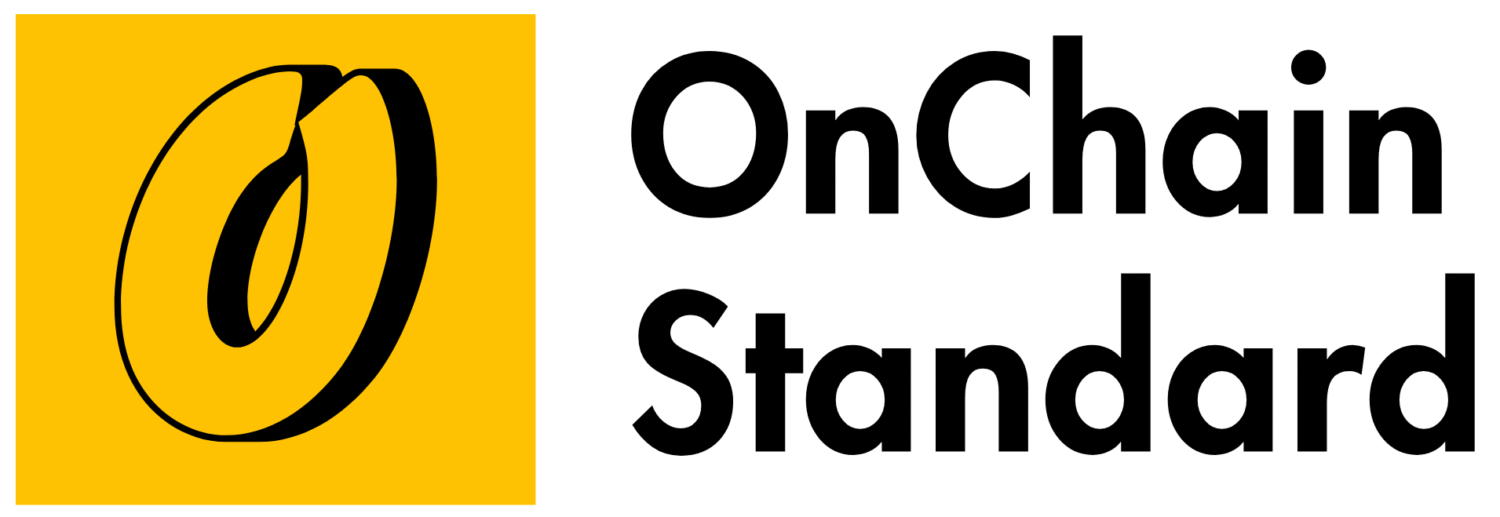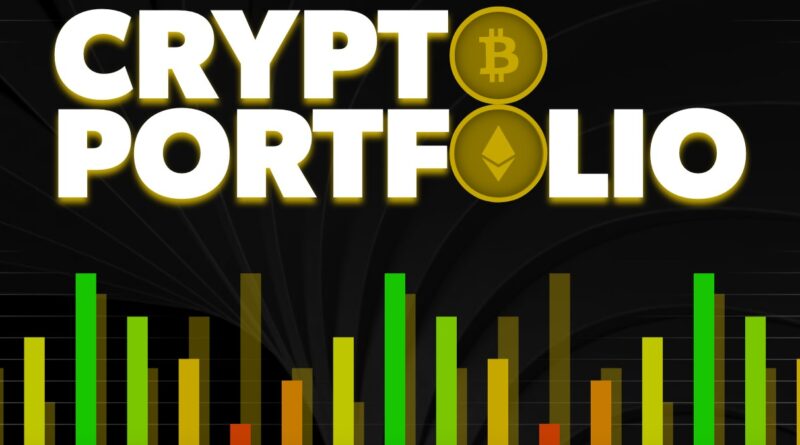How to Build a Balanced Crypto Portfolio in 2025
Introduction
In 2025, the cryptocurrency market, valued at over $3 trillion, presents significant opportunities for wealth creation but also carries risks due to its volatility. A balanced crypto portfolio diversifies investments across different asset types and blockchains to optimize returns while mitigating potential losses. This educational guide explains the principles of building a balanced crypto portfolio, focusing on diversification, risk management, and practical steps. Designed to inform, this article uses accurate data to help investors make sound decisions in the evolving crypto landscape.
What Is a Balanced Crypto Portfolio?
A balanced crypto portfolio allocates investments across various cryptocurrencies to achieve stability, growth, and risk mitigation. It typically includes:
-
Established Coins: Bitcoin (BTC) and Ethereum (ETH) for stability and market leadership.
-
Alternative Coins (Altcoins): Tokens like Solana (SOL) or Cardano (ADA) for growth potential.
-
Decentralized Finance (DeFi) Tokens: Assets like Uniswap (UNI) for exposure to innovative protocols.
-
Stablecoins: Assets like USDC to maintain liquidity and reduce volatility exposure.
The aim is to align the portfolio with an investor’s financial goals, time horizon, and risk tolerance, ensuring resilience against market fluctuations.
Why Diversification Matters
Diversification spreads risk across assets and sectors, reducing the impact of a single asset’s poor performance. The crypto market’s volatility—often seeing 20–50% price swings—makes diversification essential. For example:
-
In 2022, the market crashed 60%, but diversified portfolios with stablecoins and Bitcoin outperformed those heavily weighted in speculative altcoins.
-
In 2025, Bitcoin holds 62.7% market dominance, while Ethereum supports $350 billion in DeFi total value locked (TVL), highlighting the need for exposure to both stable and innovative assets.
A diversified portfolio balances the stability of established coins with the growth potential of emerging tokens, creating a robust investment strategy.
Principles of Building a Balanced Crypto Portfolio
1. Understand Your Investment Goals
Clarify your objectives and risk tolerance to guide your portfolio structure:
-
Long-Term Growth: Focus on established coins (BTC, ETH) with a 5–10 year horizon, accepting moderate volatility.
-
Moderate Growth with Stability: Combine established coins, altcoins, and stablecoins for balanced returns over 2–5 years.
-
High Growth: Emphasize altcoins and DeFi tokens for higher risk and potential returns, suitable for shorter horizons (1–3 years).
Example: An investor with a 5-year goal and moderate risk tolerance might prioritize 50% in BTC/ETH, 30% in altcoins, and 20% in stablecoins.
2. Allocate Across Asset Classes
Distribute investments across different cryptocurrency types to balance risk and reward:
-
Bitcoin (BTC): As the market leader, priced at approximately $80,000 in 2025 with a circulating supply of 19.7 million coins, BTC offers stability. Allocate 20–50% for a strong foundation.
-
Ethereum (ETH): Priced at ~$3,500 with $350 billion TVL in DeFi and Layer-2 ecosystems, ETH supports innovation. Allocate 20–40% for ecosystem exposure.
-
High-Potential Altcoins: Allocate 10–30% to tokens like:
-
Solana (SOL): ~$150, 470 million circulating supply, supports 65,000 transactions per second (TPS) and $10 billion DeFi TVL.
-
Cardano (ADA): ~$0.50, research-driven with 4–6% staking yields.
-
Polkadot (DOT): ~$8, enables cross-chain interoperability.
-
-
DeFi Tokens: Allocate 5–15% to tokens like Uniswap (UNI, ~$8) or AAVE (~$150) for exposure to decentralized finance protocols.
-
Stablecoins: Allocate 10–20% to USDC or USDT, pegged to $1, for liquidity and volatility protection.
Data Point: In 2025, DeFi protocols hold $500 billion in TVL, with Solana and Ethereum accounting for 70% of activity, justifying their inclusion.
3. Use Dollar-Cost Averaging (DCA)
DCA involves investing a fixed amount regularly (e.g., $100/month) to reduce the impact of price volatility.
-
How It Works: Buy crypto at set intervals, acquiring more units when prices are low and fewer when prices are high, lowering the average cost.
-
Example: Investing $100/month in BTC from January 2024 ($45,000) to December 2024 ($88,000) yields 0.01891 BTC, with an average cost of $63,458. At $80,000 in July 2025, the portfolio is worth $1,512.80, a 26% return on $1,200 invested.
Data Point: Bitcoin’s 20–50% price swings in 2024 highlight DCA’s effectiveness in smoothing costs.
4. Diversify Across Blockchains
Investing across multiple blockchains reduces risks tied to network-specific issues:
-
Ethereum: Dominates DeFi and Layer-2 solutions (e.g., Optimism, Arbitrum).
-
Solana: High-throughput for NFTs and DeFi, with $10 billion TVL.
-
BNB Chain: Low-cost transactions, supports $5 billion in DeFi.
-
Cosmos: Interoperability hub, with ATOM (~$6) enabling cross-chain communication.
-
Bitcoin Layer-2s: Emerging solutions like Stacks (STX, ~$2) for DeFi on Bitcoin.
Example: A portfolio with 40% Ethereum, 20% Solana, and 10% Cosmos tokens mitigates risks from Solana’s 2022 outages or Ethereum’s high gas fees.
5. Incorporate Staking for Passive Income
Staking proof-of-stake (PoS) tokens generates additional returns:
-
Ethereum: 4–6% annual percentage yield (APY) via platforms like Lido (0.1 ETH minimum).
-
Cardano: 4–6% APY via Yoroi wallet, no lock-up period.
-
Solana: 5–7% APY via Phantom wallet, minimal fees.
-
Example: Staking $1,000 of SOL (6.67 SOL at $150) at 6% APY yields 0.4 SOL ($60) annually.
Data Point: In 2025, $500 billion is staked across PoS networks, with Ethereum and Solana leading at 60% of TVL.
6. Select Secure Platforms
Choose reliable platforms for purchasing and managing crypto:
-
Exchanges: Binance (0.1% fees, 600+ coins), Coinbase (0.5–2% fees), Kraken (0.16–0.26% fees) for trading and DCA.
-
Wallets: Ledger Nano X ($149) for cold storage of >$5,000; MetaMask for hot wallet trading.
-
Portfolio Trackers: CoinMarketCap or CoinGecko for monitoring prices and TVL.
Data Point: Exchange hacks cost $1.2 billion in 2024, emphasizing the need for platforms with 2FA and cold storage.
7. Rebalance Periodically
Rebalancing maintains your target allocation as prices fluctuate:
-
How It Works: Sell overperforming assets and reinvest in underperforming ones quarterly or semi-annually.
-
Example: If SOL grows from 15% to 25% of a $10,000 portfolio, sell $1,000 of SOL and reallocate to BTC or USDC to restore balance.
Data Point: Rebalancing reduced portfolio volatility by 15% in diversified crypto funds in 2024.
8. Monitor and Research
Use trusted tools to stay informed and vet investments:
-
CoinGecko/CoinMarketCap: Track prices, market cap (BTC: $1.6 trillion, ETH: $420 billion), and TVL.
-
Token Sniffer: Analyze smart contracts for scams, ensuring >80 safety scores.
-
Etherscan/BscScan: Verify transactions and contract transparency.
-
StakingRewards.com: Compare APYs across 200+ assets.
Example: Checking SOL’s $10 billion TVL on CoinGecko confirms its DeFi strength before investing.
Risk Management Strategies
-
Limit Speculative Exposure: Cap high-risk assets (e.g., new DeFi tokens, meme coins) at 5–10% to avoid losses like 2024’s $500 million rug pulls.
-
Secure Assets: Store 70–80% of holdings in cold wallets to protect against hacks.
-
Hedge with Stablecoins: Allocate 10–20% to USDC/USDT to preserve capital during market dips.
-
Assess Volatility: Expect 20–50% price swings; maintain a 3–5 year horizon to weather downturns.
-
Tax Awareness: Track purchases for tax reporting, as crypto gains are taxable in jurisdictions like the U.S.
Data Point: Diversified portfolios lost 20% less than single-asset portfolios during 2022’s 60% market crash.
Example Balanced Portfolio
Profile: $10,000 investment, moderate risk, 5-year horizon.
-
BTC: 30% ($3,000, 0.0375 BTC at $80,000) – Stable anchor.
-
ETH: 25% ($2,500, 0.714 ETH at $3,500) – DeFi and Layer-2 exposure.
-
SOL: 15% ($1,500, 10 SOL at $150) – High-growth altcoin.
-
UNI: 10% ($1,000, 125 UNI at $8) – DeFi protocol.
-
USDC: 20% ($2,000, 2,000 USDC) – Liquidity and hedge.
-
Strategy: Use DCA ($200/month), stake ETH/SOL for 5% APY, rebalance semi-annually, store 80% in Ledger Nano X.
Projected Outcome: With 20% annual market growth and 5% staking yield, the portfolio could reach ~$14,500 in 5 years, though volatility may affect results.
Challenges to Consider
-
Market Volatility: Price swings of 20–50% (e.g., Solana’s 80% rally and 30% dip in 2025) require patience.
-
Security Risks: Hacks cost $1.2 billion in 2024; secure wallets and 2FA are critical.
-
Platform Fees: Trading fees (e.g., 2% on Coinbase) reduce returns, especially for small investments.
-
Regulatory Changes: Rules like the EU’s MiCA may limit token access or exchange operations.
-
Learning Curve: Managing diverse assets, staking, and taxes can be complex for beginners.
Conclusion
Building a balanced crypto portfolio in 2025 involves diversifying across Bitcoin, Ethereum, altcoins, DeFi tokens, and stablecoins to balance growth and stability. Strategies like DCA, staking, and periodic rebalancing help manage volatility, while secure platforms and tools like CoinGecko ensure informed decisions. By aligning allocations with your goals, securing assets, and staying educated, you can navigate the $3 trillion crypto market effectively, creating a resilient portfolio for long-term success.




